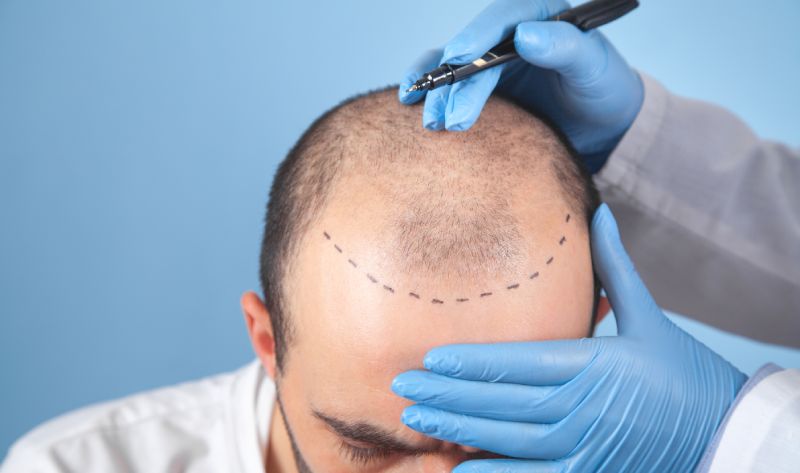
HAIR TRANSPLANT
Hair transplant is a surgical procedure in which hair follicles are moved from a donor area to a bald or thinning area. There are several techniques used for hair transplantation, including the DHI technique, the FUE technique, and the Sapphire technique
The DHI technique involves transplanting hair follicles one by one directly to the recipient area. The FUE technique involves extracting individual hair follicles from the donor area and transplanting them to the recipient area. The Sapphire technique is a modification of the FUE technique, using sapphire blades and microchannels for transplanting hair follicles.
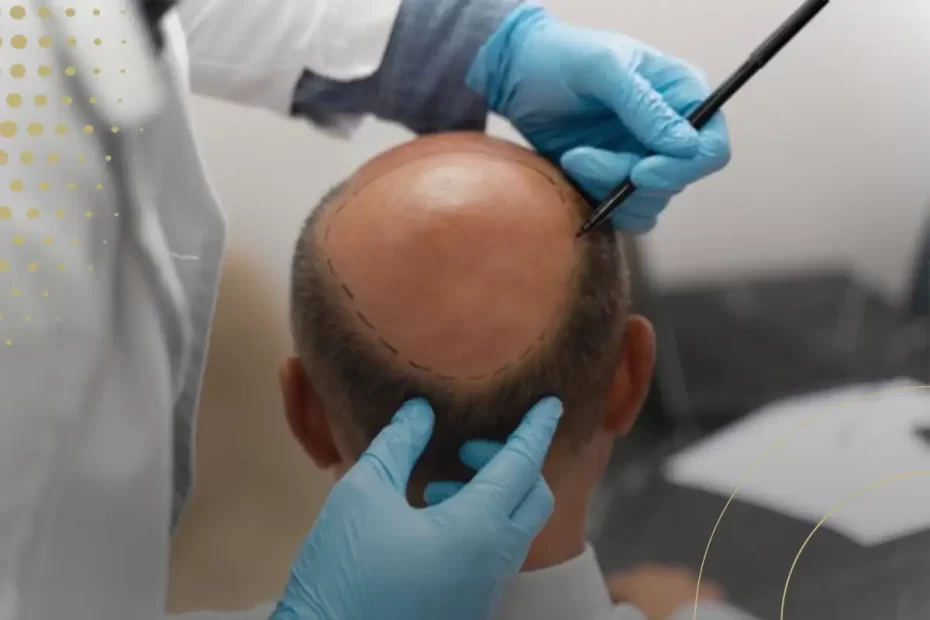
What Are the Different Hair Transplant Techniques?
There are several advanced techniques used in hair transplant surgery today, each designed to cater to different patient needs and provide the best possible outcomes. The main methods used in Turkey include FUE (Follicular Unit Extraction), DHI (Direct Hair Implantation), and Sapphire FUE, each offering unique benefits. Below is an overview of these techniques to help you understand the options available:

FUE (Follicular Unit Extraction)
The FUE technique is one of the most popular and widely used hair transplant methods in Turkey. It involves the extraction of individual hair follicles from the donor area (typically the back or sides of the scalp) and transplanting them into the thinning or balding areas. This is done using a tiny punch device that removes the follicles with precision.
Who is it for?
Ideal for patients with moderate to advanced hair loss, those who prefer shorter hairstyles, and individuals looking for minimal downtime.
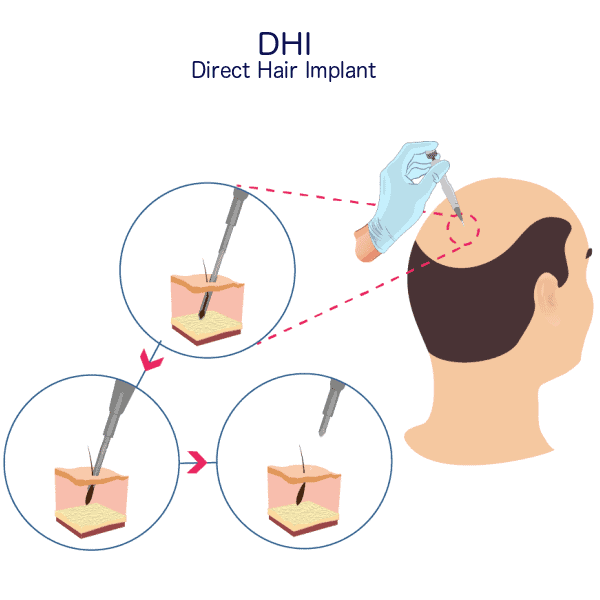
DHI (Direct Hair Implantation)
The DHI technique is an advanced version of FUE and is often considered the most precise method for hair transplantation. In DHI, individual follicles are extracted in the same way as FUE, but they are directly implanted into the scalp using a specialized tool called a Choi pen. The Choi pen allows the surgeon to implant hair follicles without creating a prior incision.
Who is it for?
Ideal for individuals with specific hair loss patterns, those looking for the most advanced technology, or people who want even more control over the placement of their hair follicles.
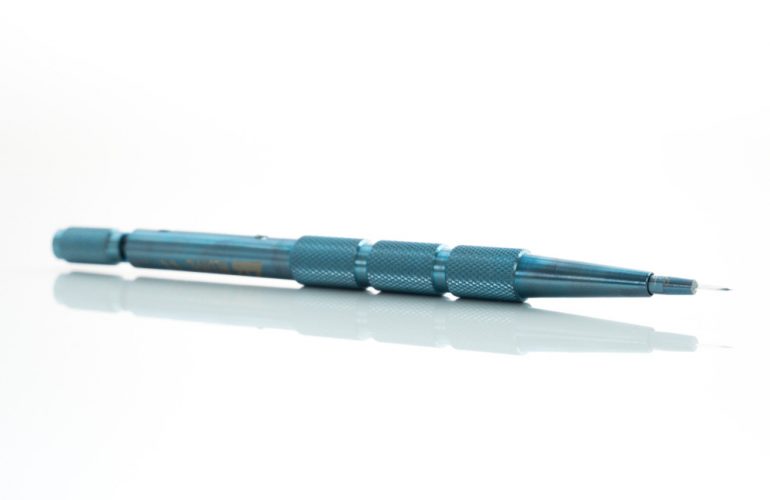
Sapphire FUE
The Sapphire FUE technique is a refinement of the traditional FUE method, with the added benefit of using sapphire blades instead of the usual steel ones to create the incisions in the scalp. These specialized blades, made from the precious gemstone sapphire, are known for their precision and sharpness.
Who is it for?
Ideal for patients who are seeking highly precise results, especially for sensitive areas like the hairline, and those who want to minimize the risk of scarring.
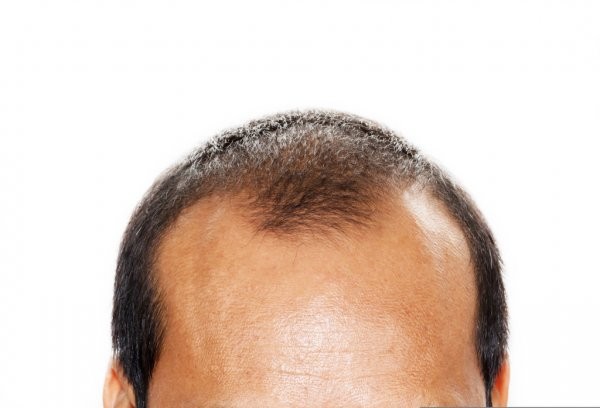
How Do I Know If I Am a Good Candidate for a Hair Transplant?
The best candidates for a hair transplant are those with stable hair loss and a predictable pattern of thinning. It’s important to wait until your hair loss has slowed down to avoid transplanting hair in areas that may thin further. Having enough healthy donor hair, typically at the back or sides of the head, is also crucial. Good overall health is necessary to minimize surgical risks, and it’s important to have realistic expectations, as full results typically take 6–12 months to appear.
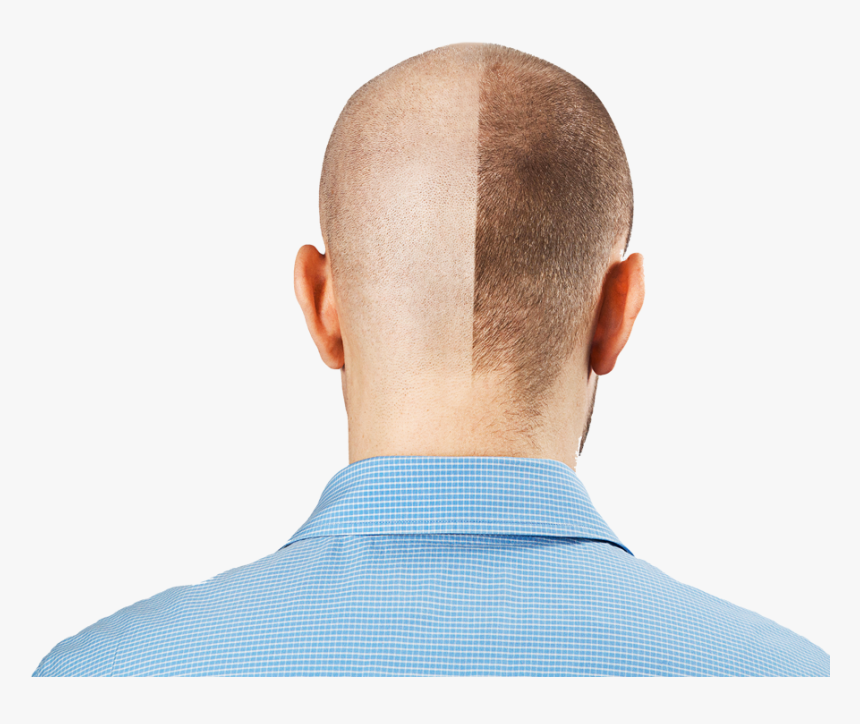
When Is the Best Time to Get a Hair Transplant?
The ideal time for a hair transplant is when your hair loss has stabilized. Premature treatment may lead to further thinning in untreated areas, requiring additional procedures later on. For men, it’s generally best to wait until their mid-20s to ensure the pattern of hair loss is predictable and avoid the need for future treatments.
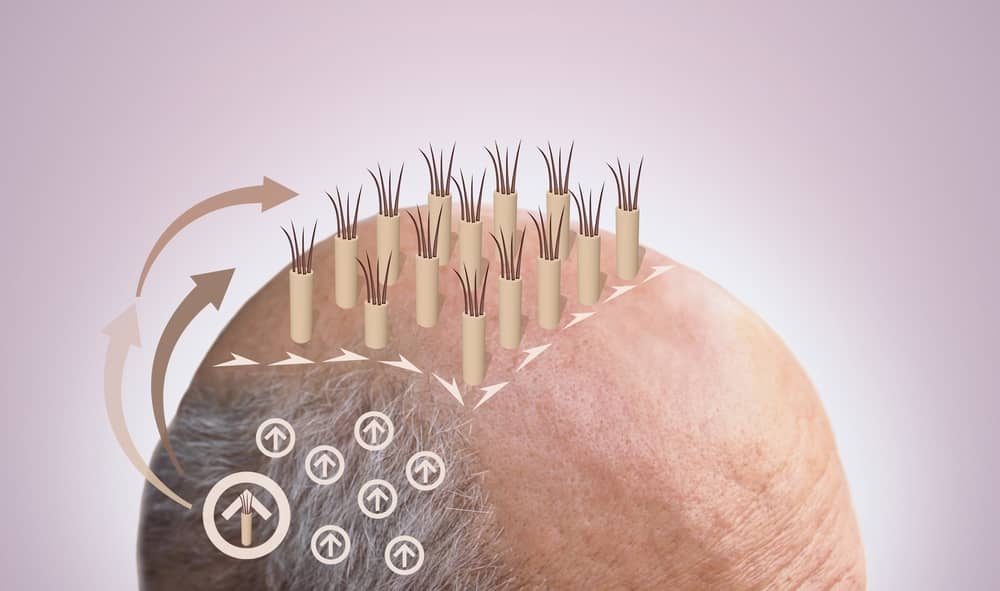
How Does a Hair Transplant Work?
A hair transplant begins with a consultation where the surgeon assesses the donor and recipient areas and plans the procedure. Local anesthesia is used to numb the scalp, ensuring no pain during the procedure. Healthy hair follicles are then extracted and transplanted into thinning or bald areas. After the surgery, following aftercare instructions is essential to ensure proper healing and hair growth, which usually becomes visible in 6–12 months.

What Are the Benefits of a Hair Transplant?
Hair transplants provide natural-looking results with permanent hair restoration. The transplanted hair grows like your natural hair, and with proper care, the results last a lifetime. Beyond the physical benefits, hair transplants can also improve self-esteem and confidence, helping individuals feel more comfortable with their appearance.
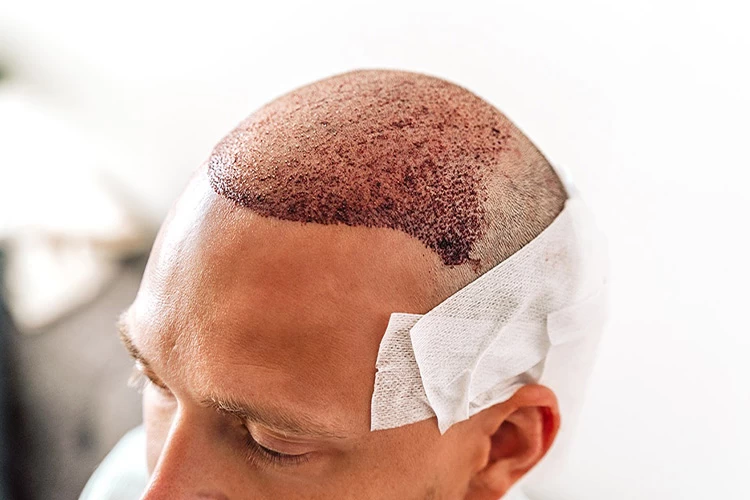
What Are the Risks and Side Effects of Hair Transplantation?
While hair transplants are generally safe, some mild risks include temporary swelling or bruising, which typically subsides within a few days. Infection is rare but can occur if the aftercare instructions aren’t followed. Some patients may experience temporary shedding (shock loss) in the transplanted areas, but this is part of the natural healing process, and new hair growth typically starts within a few months.

What Should I Expect During the Recovery Period?
Recovery from a hair transplant is usually quick. Most patients return to normal activities in 2–3 days, though strenuous exercise should be avoided for a few weeks. You will need to follow specific aftercare instructions, such as avoiding direct sunlight and using prescribed shampoos. While shedding of the transplanted hair may occur in the first few weeks, new hair growth will generally begin after 3–4 months, with full results visible in 9–12 months.
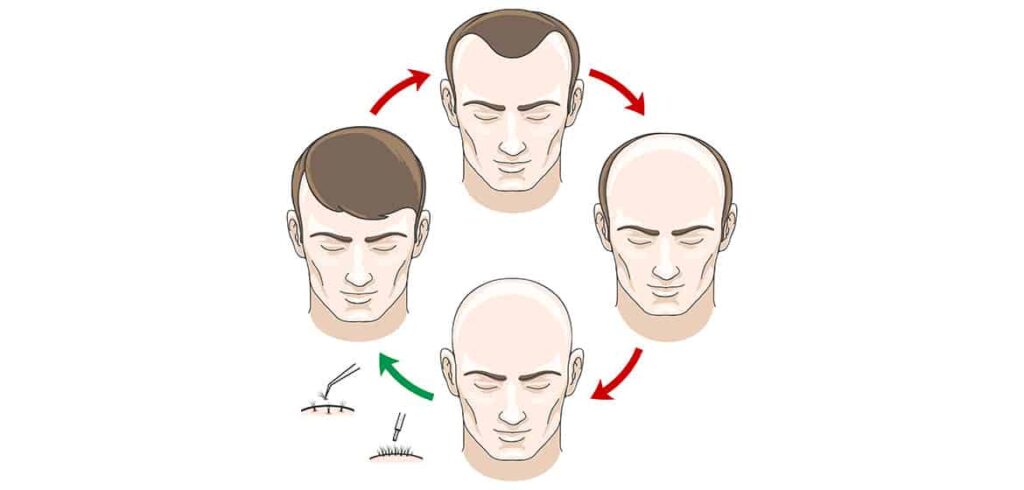
How Long Does a Hair Transplant Last?
Hair transplants provide a permanent solution. The transplanted follicles, taken from areas resistant to hair loss, continue to grow for life. However, hair loss may continue in untreated areas, so periodic treatments may be needed to maintain a full, natural look.
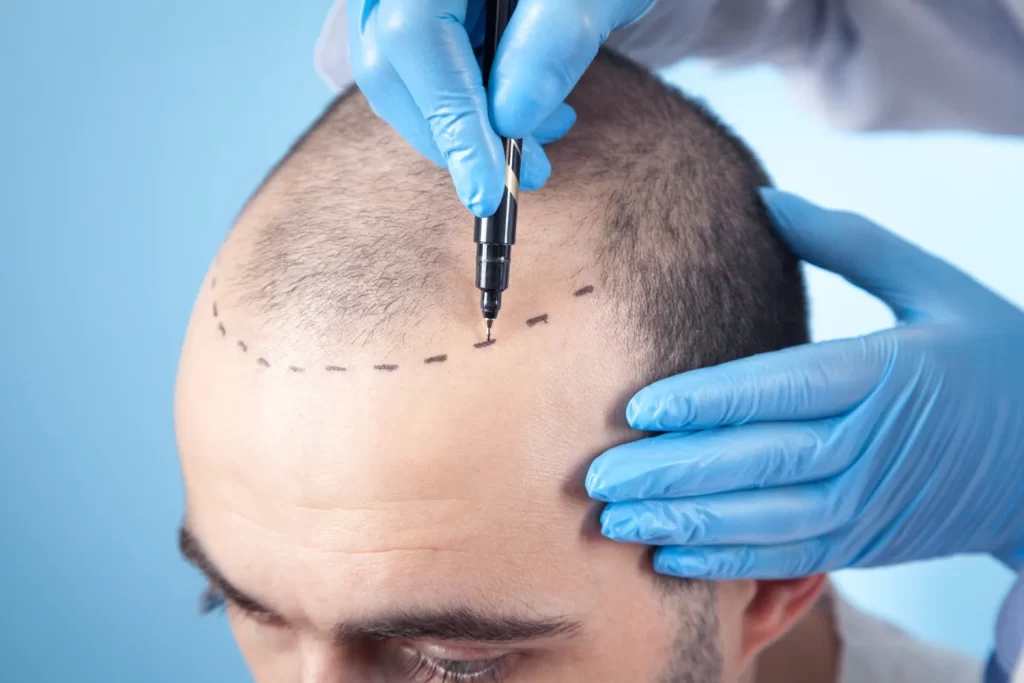
What Are the Key Factors That Affect the Success of a Hair Transplant?
The success of a hair transplant depends on the skill of the surgeon, the quality of the donor hair, and the patient’s post-surgery care. Healthy donor hair and following aftercare instructions are essential for the best results. Additionally, maintaining overall health and a good lifestyle can improve the long-term success of the transplant.
